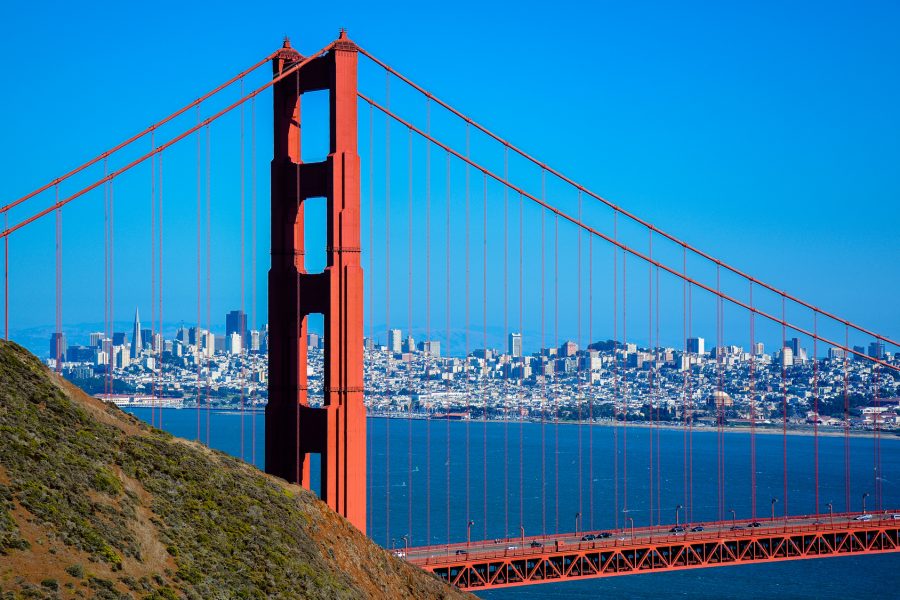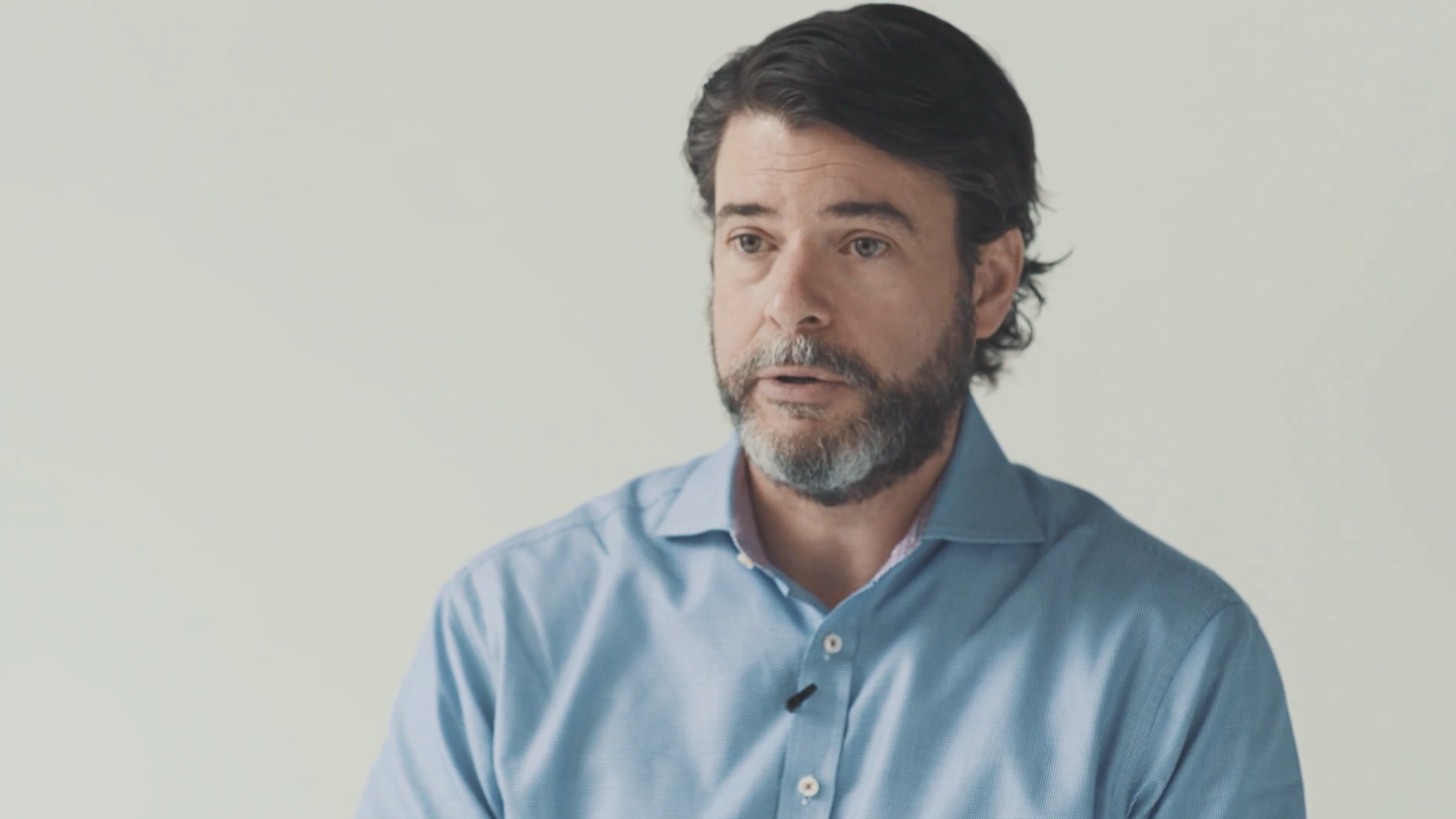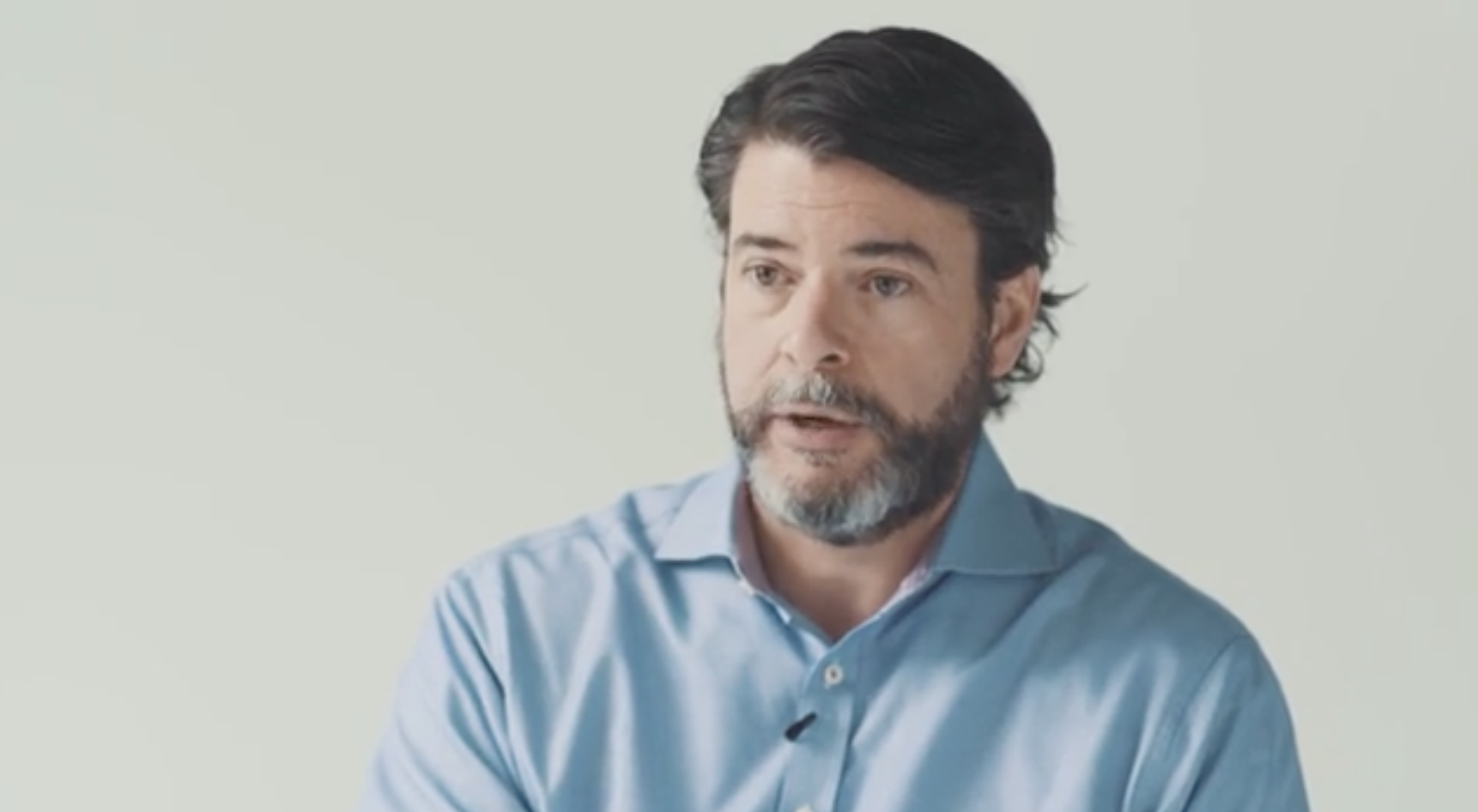These days it seems everyone has an opinion on the tech industry. One minute investors can’t get enough of high-flying unicorns; the next, it’s batten down the hatches folks, winter is coming.
High profile investors are sounding the alarm: too much money is chasing too few companies, driving valuations to irrational levels. Look out, we’re in another tech bubble! Still others hold the opposing view: the opportunity for tech companies is so enormous that the industry is actually undervalued. Calm down people, no bubble!
Here in St. Louis, far from the coasts, none of this applies to us.
Here’s what I mean.
According to the National Venture Capital Association (NVCA), VCs invested a total of $59.1 billion in 2015, the highest amount since 2000 and the second-highest on record. Too much capital chasing too few companies, right?
Sort of.
Thing is, of this roughly $60 billion, nearly three quarters went to just 4 metro-areas — the San Francisco Bay area, metropolitan New York, the Boston area, and Los Angeles; 45% went to Silicon Valley alone. In fact, there are nearly twice as many active VCs in the Bay Area (1,124) than there are in the 12 states that make up the Great Lakes/Midwest (638), per Pitchbook. As ever, Silicon Valley is where the money is.
But Silicon Valley money, increasingly, is for companies in only a handful of sectors and stages. According to NVCA data, nearly 60% of VC goes to just three industries (Software, Media & Entertainment, and IT Services) while 65% funds expansion- and later-stage companies. And we thought venture capitalists were supposed to be risk-taking contrarians.
What about everything else?
Here the opposite is true: too little capital to support a growing number of companies. Consider this: the Great Lakes/Midwest represents over 20% of U.S. GDP, receives 25% of research dollars, and graduates more computer science majors than anywhere else, yet less than 5% of all VC investment finds its way here. In Ohio alone there’s a $1 billion VC shortfall, what about Michigan, Illinois, Minnesota, Wisconsin… I’m beginning to think the seemingly outlandish “$8 billion regional VC shortfall” we discuss internally is too conservative.
But while some are taking notice, we’re still far from closing the capital cap.
In fact, out here entrepreneurs still subsist on ramen. Sure, a handful of trendy co-working spaces have sprung up lately, but employee perks here still typically range from free parking to free coffee. Complimentary dry cleaning and catered gourmet lunches? Forget it. Many entrepreneurs here still bootstrap their companies. The few that do raise outside funding scrap to stitch together small rounds from friends, family, the local Angel group, and the 3-5 VC funds within a couple hours’ drive — one $25,000 check at a time. There’s a reason they call us the startup frontier.
There are exciting things happening here in “the rest” of the country, maybe much more than Silicon Valley. From Provo to Pittsburgh, Ann Arbor to Austin, and everywhere in between. Just ask folks in Columbus, Denver, and Nashville, to name a few. According to some, in 5 years the Midwest will have more startups than Silicon Valley. If you ask me, I say we’re already there. But while the rest of us are rising, one thing we’re most certainly not is irrationally exuberant.
Out on the frontier, round sizes and valuations are modest in comparison to the coasts’. Numbers vary, but anecdotally, I’d peg a healthy Series A here at roughly $2 to $3 million, valuing a company at less than $10 million pre-money. On the coast, double that at least. In the last five years, I don’t think I’ve seen more than a handful of oversubscribed funding rounds here. Curiously, however, companies here slightly outperform their coastal brethren.
Bubble or not, the fact is the ongoing debate about the state of the tech industry pertains primarily to just three coastal hubs. Simply put, the funding dynamic here precludes us from entering the conversation. So don’t conflate what you read about Silicon Valley with what we’re doing here on the frontier, we couldn’t be farther apart.
And that’s a good thing.





